In the early days, retail stores tracked customers via turnstiles. After turnstiles, some stores turned to electronic beams, while others used light sources to count traffic in aisles. These methods were largely impersonal — they didn’t capture our faces, our phones in our pockets and they didn’t connect the dots: Suzy likes to shop on Mondays, has three kids and prefers to buy name brands. These days, our favorites stores have that information and a whole lot more. Here are ways we’re being tracked:
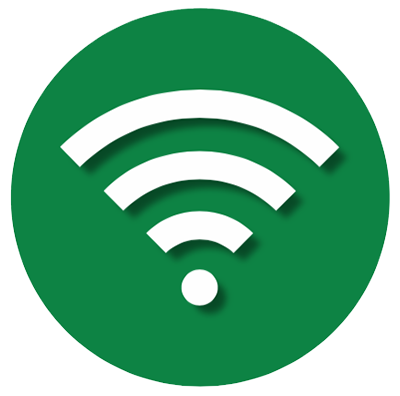 Wi-Fi
Wi-Fi
While you’re wandering the aisle, your phone is busy looking for a Wi-Fi signal. Retailers can use this ping to track us as we wander the aisles wondering what to eat for dinner. This can be a good thing, says Mike Lee, an expert in supermarket behavior. “If done right, these tracking technologies can provide a wealth of data that can inform merchandising and layout decisions aimed at creating a more efficient shopping experience,” he says. Using GPS and Wi-Fi tracking tied to shoppers’ mobile devices allows retailers to deliver targeted messaging, advertising and coupons in a more precise manner.
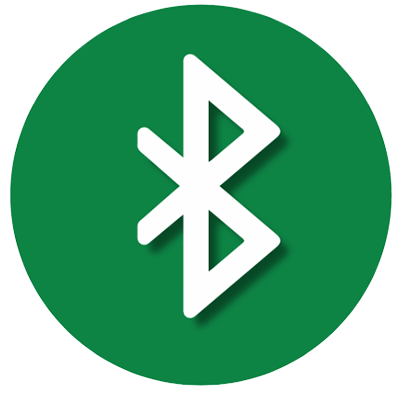 Bluetooth
Bluetooth
Similar to Wi-Fi, Bluetooth is a wireless technology that allows our movements to be tracked by the persistent ping from our phone to any Bluetooth beacon within range. Although a weaker signal than Wi-Fi, Bluetooth is a good backup when Wi-Fi is disabled. If both of these are disabled on our phones, our phones still give off a traceable signal. According to Joseph Turow, in his book, “The Aisles Have Eyes,” our phones’ own signals can establish location within 150 feet. As long as there are several access points, Wi-Fi is accurate to within a few meters and Bluetooth can locate you to within a few centimeters. This means eventually you’ll be reading the back of a box of cereal and simultaneously receiving an alert to get a dollar off that very box.
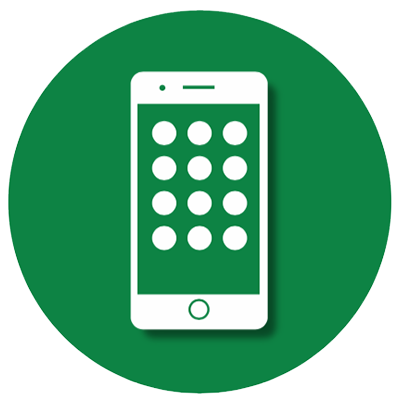 Apps on Our Mobile Phones
Apps on Our Mobile Phones
Most cell phone makers disguise our Bluetooth signals using randomized codes. But if you have an app downloaded then you’re fair game. Recently, Amazon connected its Prime membership to its Whole Foods stores, offering discounts on certain grocery store items. How did they want us to connect our accounts? Using the Whole Foods app on our phone. If your location services are turned on, you can bet the retailer is watching you.
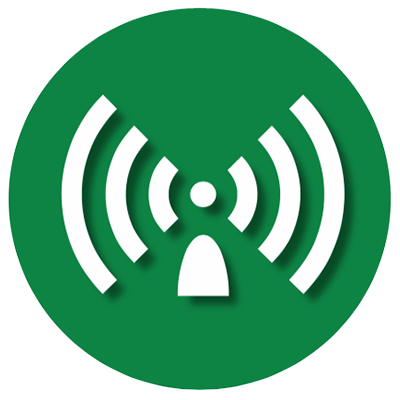 Sensors & Beacons
Sensors & Beacons
Most cell phone makers disguise our Bluetooth signals using randomized codes. But if you have a store app downloaded onto your phone then you’re fair game. Recently, Amazon connected its Prime membership to its Whole Foods stores, offering discounts on certain grocery store items. How did they want us to connect our accounts? Using the Whole Foods app on our phone. If your location services are turned on, you can bet the retailer is watching you.
 Hidden Cameras
Hidden Cameras
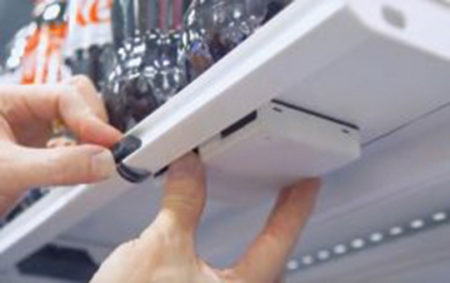 Trax, a Singapore-based retail technology firm, makes battery-operated, wireless cameras. Mounted underneath the shelves, these cameras take pictures that allow retailers to know what’s in stock and out of stock (using sensors). The body of the camera is the size of a deck of playing cards. The camera lens, only 1 by 1.5 cm., extends out from the battery pack via a narrow ribbon and fits onto the edge of the shelf. The software’s image recognition enables any photos with people to be deleted immediately to protect shoppers’ privacy. The cameras talk to each other and to local servers inside the markets so that Trax can accelerate image processing on site to deliver real-time metrics.
Trax, a Singapore-based retail technology firm, makes battery-operated, wireless cameras. Mounted underneath the shelves, these cameras take pictures that allow retailers to know what’s in stock and out of stock (using sensors). The body of the camera is the size of a deck of playing cards. The camera lens, only 1 by 1.5 cm., extends out from the battery pack via a narrow ribbon and fits onto the edge of the shelf. The software’s image recognition enables any photos with people to be deleted immediately to protect shoppers’ privacy. The cameras talk to each other and to local servers inside the markets so that Trax can accelerate image processing on site to deliver real-time metrics.

Author
Larissa Zimberoff is a freelance writer covering the intersection of food and technology. Although she’s lived in New York for over six years she has never had food delivered to her rent-stabilized apartment.